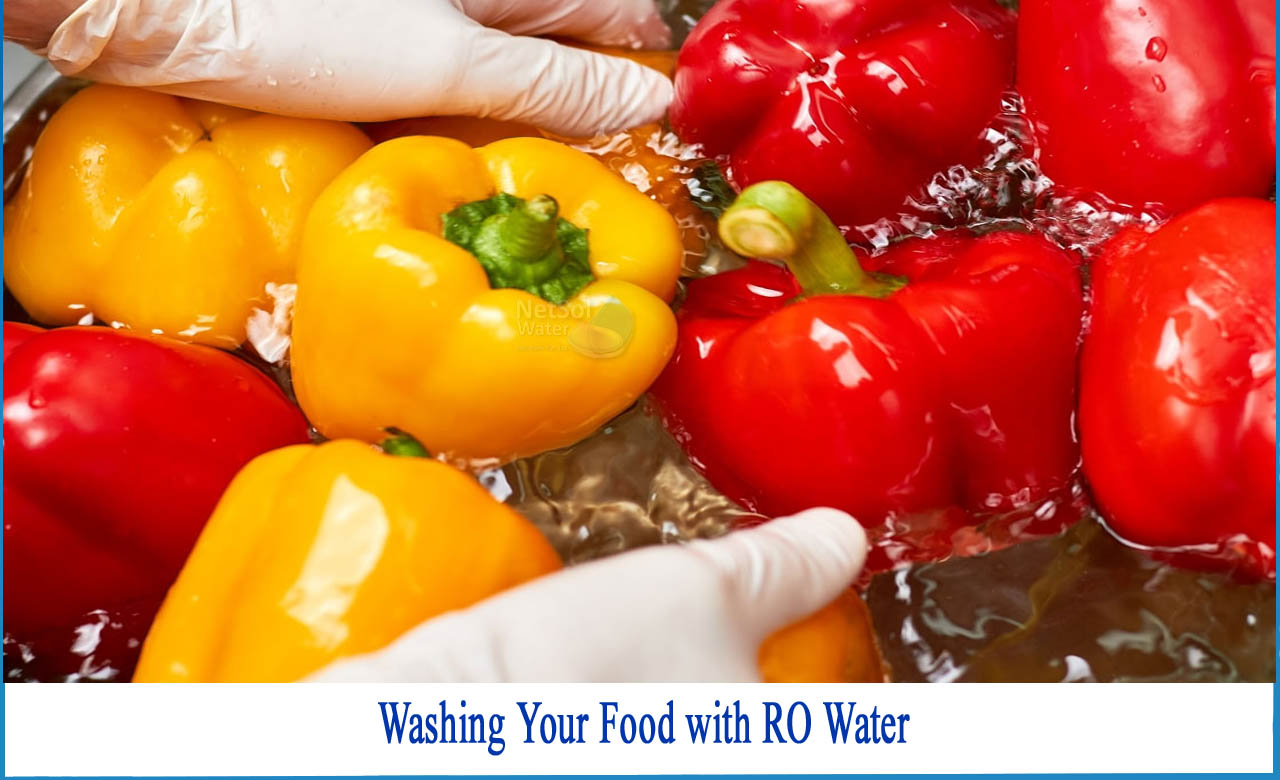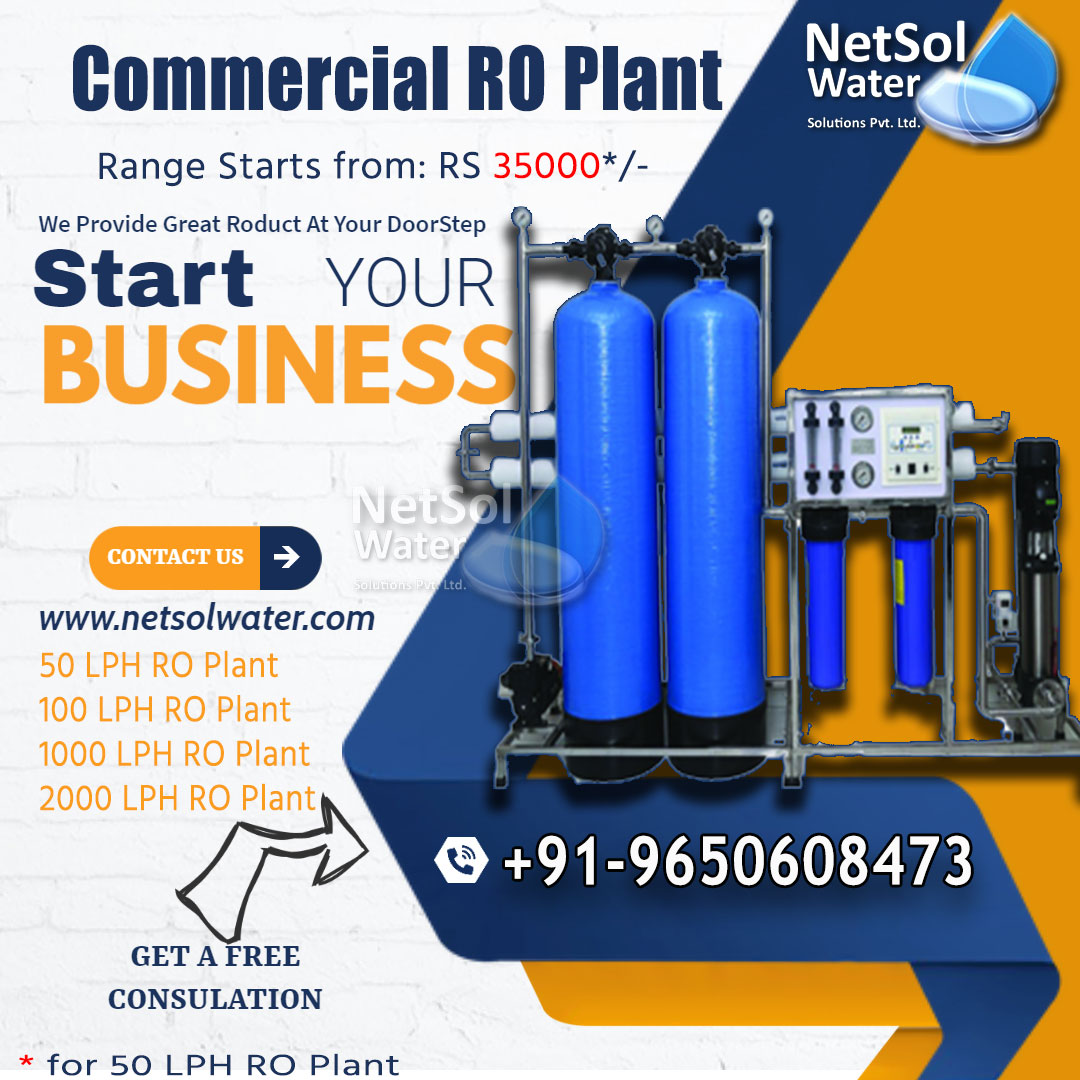Can I Wash Food with RO Water?
Drinking clean water is very important ?to everyone, isn't it?
Water is one of the most basic things that can be useful for drinking, cooking, washing vegetables and fruits, and other daily necessities.
Today food travels all over the world and we can have one exotic fruit from other sphere of this globe. This is amazing but while travelling, this product may become a carrier of diseases, insects and microbes and can be a cause offood-borne outbreak in any different part of the world far away from its native place.
Thus,consumers have raised concerns about the safety of fresh produce more than ever. It is important to know how to prevent food-borne diseases associated with these types of foods. Washing fruits and vegetables is the best way to reduce the risk of food poisoning.
The biggest mistake most people make is to wash fruits and vegetables directly from tap water. We all use ordinary tap water at home. It may look like it is clear, but did you know that tap water contains various kinds of harmful bacteria and viruses such as fluoride compounds, chlorine, mercury, lead and pesticides? Moreover, have you ever wondered how safe tap water is to wash the product you are about to consume?
Tap water characteristics
When it comes to consuming something, we need to know what we are consuming and where is it coming from. Find out the nature of tap water and whether it is safe to drink.
Source of tap water
The water that flows into the faucet comes from a water treatment plant that allows us to consume water using a complex treatment process, but when the water arrives at home, is it really the purest? The answer is no.
Water treatment plants do their best to transform water into its purest form, but chemicals such as chlorine, chloramines, lead, asbestos, and other harmful chemicals are absorbed into the water during the treatment process.
These chemicals are not good for our body, and as it flows through the city's plumbing infrastructure and storage tanks, more chemicals are absorbed into the water.
Therefore, the water we get at home is not directly converted into clean drinking water.
Characteristics of tap water
Now that we know from where we get the water, let's classify this water.
Based on soluble minerals such as calcium and magnesium, water can be roughly categorized as soft, slightly hard, moderately hard, hard, or very hard.
The water coming straight from the faucet is hard because it is rich in calcium and magnesium.
Washing products with hard water
The process of efficiently washing fruits and vegetables relies heavily on fresh and clean water. In most households, tap water is chemically imbalanced and harsh. Purifying a product with this water can have a negative effect on our body when consuming the product.
Hard water can also impair the cooking process. Normal tap water usually contains chlorine, chloramines, and fluorides, among other chemicals and contaminants. These chemicals and contaminants can be absorbed by the food being cooked, whether it is rising or soaking the food.
Use of RO water
Water is a universal solvent and using clean reverse osmosis water is an even better and more natural way to clean food. As RO water is 99.9% devoid of dissolved solids, it has the capacity to dissolve solutes. When you wash vegetables with RO water, it dissolves all impurities on its surface,and we get clean fruits and vegetables. You can wash vegetables with stored RO water. To properly wash vegetables and fruits, they need to be soaked for at least 30 minutes to remove chemicals and contaminants from the surface. This water storage can be used here.




